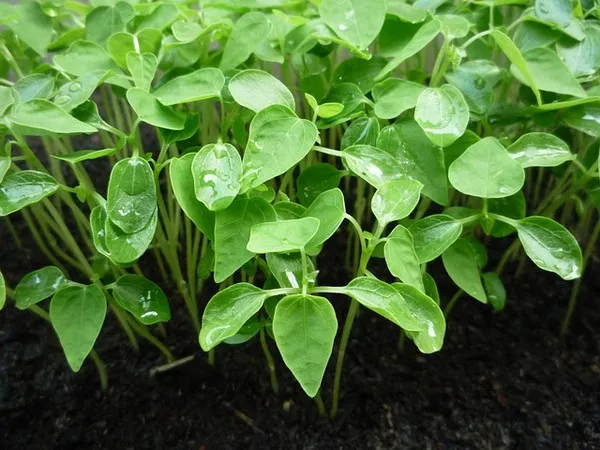Indoor plants not only enhance the aesthetic appeal of our living spaces but also contribute to a healthier indoor environment. However, the presence of spider mites can pose a significant threat to the well-being of our cherished plants. These tiny arachnids, belonging to the Tetranychidae family, are notorious for their ability to multiply rapidly and sap the life out of plants. In this comprehensive guide, we will explore effective strategies to eliminate spider mites and restore the vitality of your indoor plants.
Identification of Spider Mites:
Before diving into eradication methods, it’s crucial to accurately identify the presence of spider mites on your indoor plants. These pests are minuscule, measuring only about 1/50th of an inch, making them difficult to spot with the naked eye. However, their presence is often revealed through telltale signs such as stippling (tiny yellow or white specks on leaves), fine webbing, and leaf discoloration.
Isolation and Inspection:
Upon suspecting a spider mite infestation, the first step is to isolate the affected plant to prevent the mites from spreading to other plants. Once isolated, conduct a thorough inspection, paying close attention to the undersides of leaves where spider mites tend to congregate. Use a magnifying glass if necessary to get a closer look.
Natural Predators:
Nature provides its own solutions, and in the case of spider mites, there are natural predators that can assist in keeping their population in check. Introducing beneficial insects such as ladybugs or predatory mites can be an effective biological control method. These predators feed on spider mites, helping to maintain a balance in your indoor garden.
Regular Pruning:
Spider mites thrive in dry and dusty conditions. Regularly pruning your plants not only promotes healthy growth but also removes infested leaves and creates a less favorable environment for spider mites. Be sure to dispose of pruned material away from your plants to prevent any potential reinfestation.
Water Management:
Maintaining optimal humidity levels is key to deterring spider mites. These pests prefer dry conditions, so increasing humidity around your plants can make the environment less hospitable for them. Grouping plants together or using a humidifier can help create a more inhospitable atmosphere for spider mites.
Neem Oil Treatment:
Neem oil, derived from the seeds of the neem tree, is a natural and effective remedy for spider mites. Its active ingredients disrupt the life cycle of the mites and act as a repellent. Mix a small amount of neem oil with water and apply it to the affected plants, ensuring thorough coverage, particularly on the undersides of leaves.
Insecticidal Soap:
Insecticidal soap is a gentle yet potent solution for controlling spider mite infestations. It works by disrupting the cell membranes of the mites, ultimately leading to their demise. Purchase a commercial insecticidal soap or create your own by combining mild liquid soap with water. Spray the solution on the affected plants, focusing on the undersides of leaves where the mites are most concentrated.
Miticide Application:
For severe infestations, the use of miticides may be necessary. Miticides are specifically formulated to target and eliminate mites while minimizing harm to plants. When using miticides, carefully follow the manufacturer’s instructions, as these products vary in concentration and application methods. Always consider less toxic options first before resorting to chemical solutions.
Preventive Measures:
Once you have successfully eradicated the spider mites, implementing preventive measures is crucial to avoid future infestations. Regularly inspect your plants for any signs of pests, m-aintain optimal humidity levels, and practice good plant hygiene by removing dead or damaged foliage promptly.
Conclusion:
Spider mites can pose a significant threat to the health and vitality of indoor plants, but with a proactive and strategic approach, their presence can be effectively addressed. By identifying the signs of infestation early, employing natural predators, and utilizing remedies such as neem oil and insecticidal soap, you can create an inhospitable environment for spider mites. Regular pruning, proper water management, and the use of miticides as a last resort contribute to a holistic and effective strategy for eliminating and preventing spider mite infestations in your indoor garden. With these measures in place, you can enjoy thriving and pest-free indoor plants, enhancing the beauty of your living spaces.


